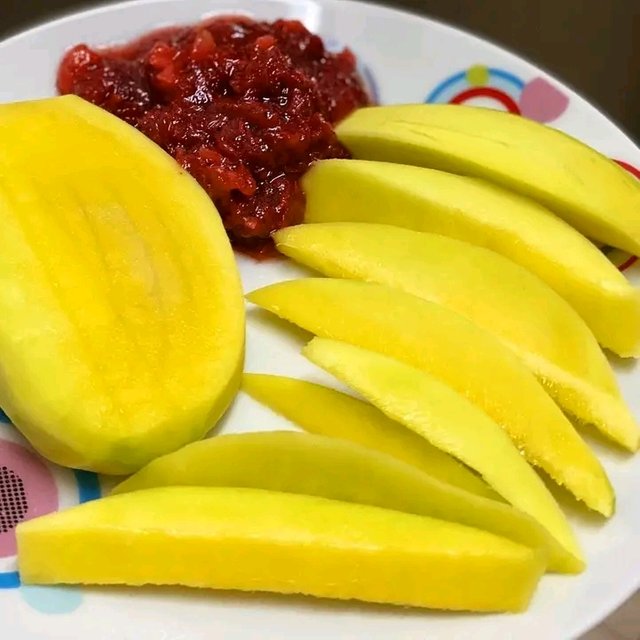
Mango paste is a versatile ingredient made from ripe mangoes, offering a concentrated burst of the fruit’s flavor and natural sweetness. This thick, smooth paste is used in a variety of culinary applications, both sweet and savory. Here is an overview of how mango paste is made, its uses, and its benefits.
Preparation of Mango Paste
Making mango paste is straightforward and can be done at home or on a larger scale for commercial purposes. The process typically involves the following steps:
Selection of Mangoes: Choose ripe, sweet mangoes for the best flavor. Varieties such as Alphonso, Ataulfo, and Haden are particularly well-suited for making paste due to their rich taste and minimal fiber.
Peeling and Pitting: Peel the mangoes and remove the pits. This can be done with a knife or a peeler.
Blending: Cut the mango flesh into chunks and place them in a blender or food processor. Blend until smooth to achieve a thick, consistent paste.
Cooking (Optional): For a thicker paste or to enhance shelf life, the blended mango can be cooked over low heat until it reduces and thickens. This step can also help to intensify the flavor.
.jpeg)
- Storing: Once prepared, mango paste can be stored in airtight containers. For longer preservation, it can be refrigerated or frozen.
Uses of Mango Paste
Mango paste is incredibly versatile and can be used in various culinary applications:
Desserts: It serves as a base for desserts such as mango mousse, ice cream, and sorbet. It can also be swirled into cakes and cupcakes for added flavor and moisture.
Beverages: Mango paste can be mixed into smoothies, milkshakes, and cocktails. It is also a key ingredient in mango lassi, a popular Indian yogurt-based drink.
Savory Dishes: In savory cooking, mango paste can be used in marinades for meat, fish, and tofu, adding a sweet and tangy flavor. It is also used in sauces and glazes.
Condiments: The paste can be turned into chutney or jam, offering a delicious spread for bread, crackers, and cheese.
Cultural Dishes: Mango paste is a staple in many traditional dishes. For example, in Indian cuisine, it is used to make aamras, a sweet mango puree often eaten with flatbreads.
Benefits of Mango Paste
Nutritional Value: Mango paste retains most of the nutrients found in fresh mangoes, including vitamins A and C, which are essential for immune function and skin health. It also provides dietary fiber and antioxidants.
Convenience: Having mango paste on hand is convenient for adding the rich flavor of mango to recipes without the need to peel and pit fresh fruit each time.
.jpeg)
Flavor Concentration: The paste offers a concentrated mango flavor, making it a powerful ingredient in both sweet and savory dishes.
Versatility: Mango paste can be easily incorporated into a wide range of recipes, enhancing their taste and nutritional profile.
Conclusion
Mango paste is a delightful and practical way to enjoy the rich, sweet flavor of mangoes year-round. Its versatility in the kitchen makes it a valuable ingredient for both home cooks and professional chefs. Whether used in desserts, beverages, savory dishes, or as a condiment, mango paste offers a concentrated burst of mango goodness that can elevate any recipe.